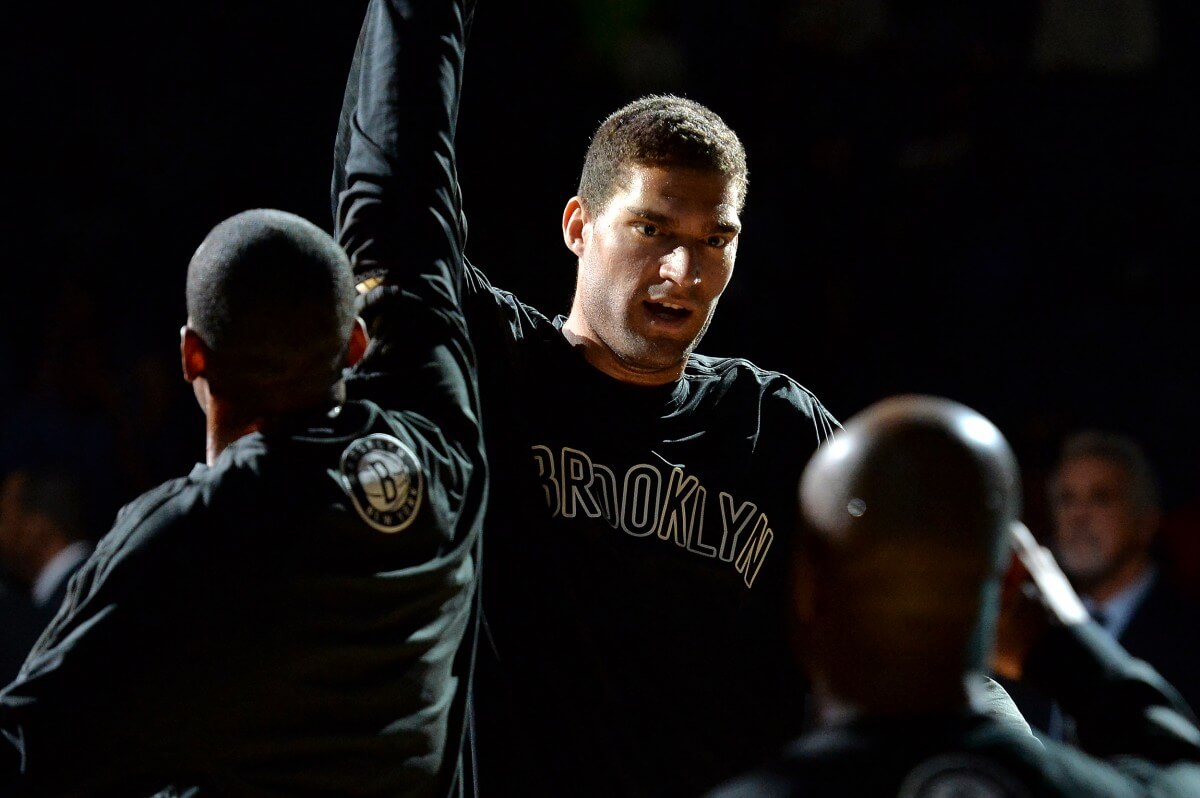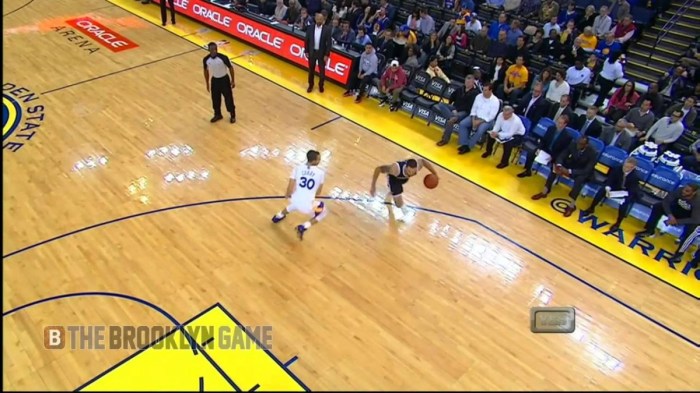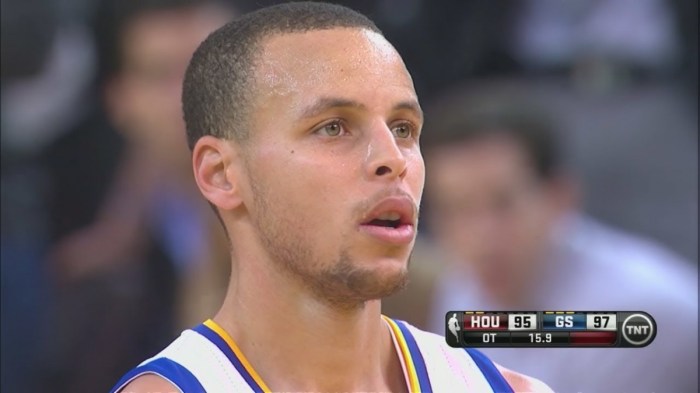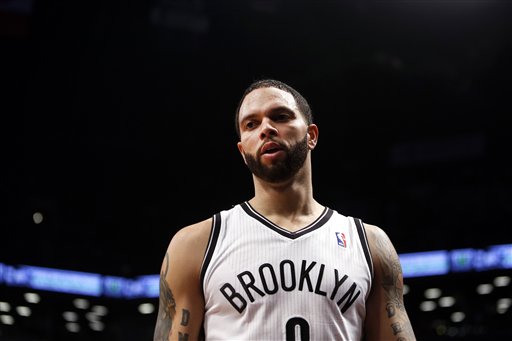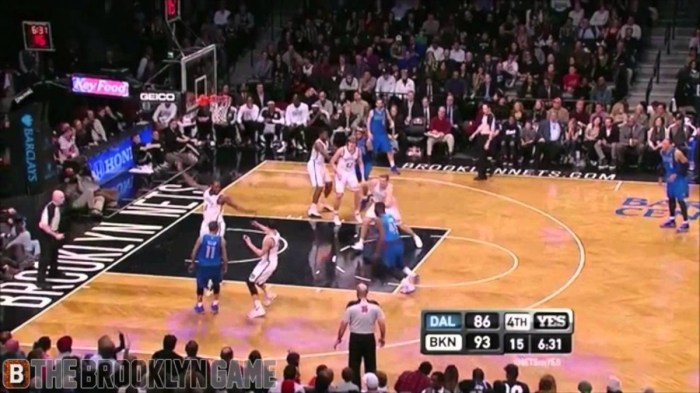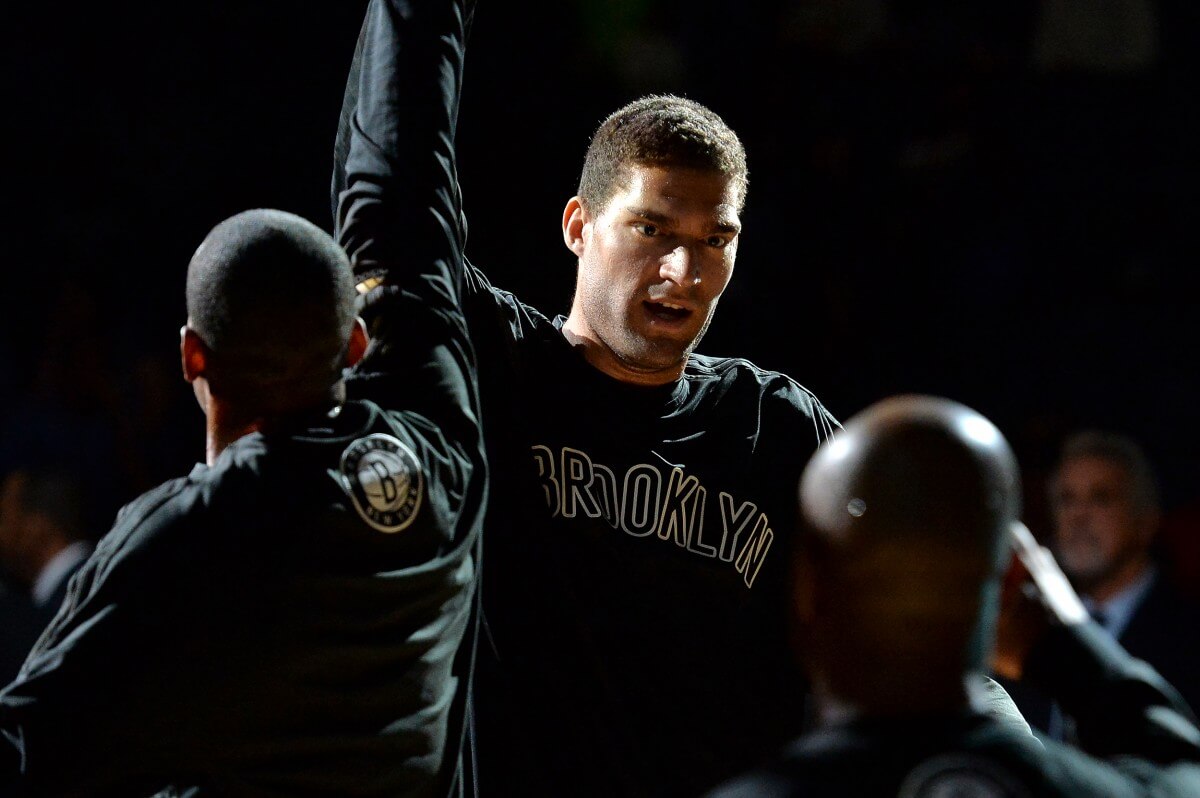
It’s only five games. Five losses. But it’s not time to panic. Panic implies that there’s something horribly wrong in the plan. This is the plan.
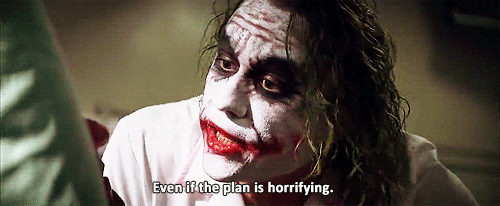
These five games haven’t told us anything we didn’t expect. The Brooklyn Nets aren’t playing well above or below expectation. Brook Lopez is still putting up numbers; Thaddeus Young is still putting up solid performances, Jarrett Jack is still putting up shots. Their young players aren’t slogging through minutes; of their veterans, only Joe Johnson is experiencing an out-of-the-blue drop-off.
The panic time was June, when they waived Deron Williams to get under the luxury tax. Or the previous offseason, when they unloaded Paul Pierce. Or two offseasons ago, when they traded three first-round picks for Pierce and Kevin Garnett. This isn’t time to panic, this is the result of panic. This is what happens when the plan fails, and the team needs to start anew with few seeds to plant.
It’s not just the individual performances. Through five games, the Nets have hit a total of 19 three-pointers. NBA three-point shooting leader and early MVP favorite Stephen Curry has hit a total of 28 three-pointers. Worse, the Nets have shot a league-worst 19.7% (12-for-61) on above-the-break three-pointers.
On the flip side, the Nets have the worst three-point defense in the league. Opposing teams have shot 41.5 percent from three-point range against the Nets defense. The Hawks weren’t even playing Kyle Korver. Through five games, the Nets have the worst NBA defense when it comes to defending spot-up shooters by a wide — and scary — margin. (Worse, the cross-town rival New York Knicks — if you can even call two bad teams rivals — are the best.)
35 of the 51 shots hit against the Nets in spot-up situations have been three-pointers, and opponent effective field goal percentage (which accounts for the value of three-pointers) is a robust 69.2 percent.
More, the only Nets player with a positive plus-minus on the team through five games is the defensive-minded rookie Rondae Hollis-Jefferson. Hollis-Jefferson is far from a finished product, and plus-minus numbers can be flawed even when used over a full season. But the team defense noticeably shifts with Hollis-Jefferson in the game. Outside of his staunch man defense, Hollis-Jefferson leads the team in steals-plus-blocks (he has five steals and three blocks), even though he ranks seventh in minutes.
But Hollis-Jefferson has only played 15 minutes in the last two games, which has limited how effective he can be. Hollis-Jefferson may fall off a cliff with more playing time. But there’s only one way to find out.
The Nets could also look to make a trade. But it would not behoove them to make decisions that hamper their long-term flexibility just to scrape out a few wins this year. As I said in the season preview, their 2016 pick is just gone. They should only make a move for a player on a long-term contract if that player makes them significantly better not just this year but also in future years. If the plan is to be better tomorrow, you do not mortgage the future once again to scrape a few March victories en route to the lottery.
There are places to improve. Joe Johnson can’t shoot under 30 percent all season (I think). Hollis-Jefferson should earn more minutes over a long season (and remember, it is a looong season). Even if the Nets have the league’s worst three-point defense, opponents won’t shoot 41.5 percent against them all year. We’re early enough in the year that Wayne Ellington is two made three-pointers away from shooting 40 percent instead of 28.6 percent. NBA development is not an instantaneous process, and the Nets have a multitude of young players looking to do just that.
But the present isn’t good because the outlook wasn’t good. Things are bad. The fear, like last year, isn’t that the Nets are wildly underperforming expectations. The fear is that this is what they are.

